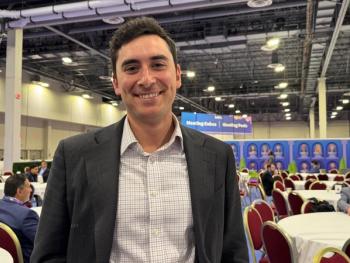
Algorithm Identifies Children with Internalizing Disorders with 80% Accuracy
The machine learning model more accurately diagnosed children than parent-reported child symptoms.
A machine learning tool that analyzes audio data identified children with an internalizing mental illness with 80% accuracy, according to new
Results showed that the algorithm had a sensitivity of 54% and a specificity of 93%. The tool outperformed clinical thresholds on parent-reported child symptoms, which identify children with lower accuracy (between 67% and 77%).
Researchers from the University of Vermont and the University of Michigan used Speech Task, an adapted version of a mood induction task called the Trier-Social Stress Task, which causes feelings of stress and anxiety in the subject.
During the Speech Task, 71 children between the ages of three and eight who spoke fluent English and whose caregivers were at least 18 years old, prepared and issued a three-minute speech and were judged on its merit. A buzzer interrupted the speech with 90 and 30 seconds remaining. Investigators recorded the speech with a video camera and extracted the audio for analysis.
A researcher classified the audio files into one of four categories: High quality (having “moderate to strong representation of speech content and frequency”), low quality (having “very poor to poor”), participant deviation (individual did not speak during the task) and protocol deviation (the task was not conducted as planned).
The researchers used a machine learning algorithm to analyze features of the audio recordings of each child’s story and to relate them to the diagnosis. The tool identified eight audio features of the speech but saw that three stood out as highly indicative of internalizing disorders: low-pitched voices with repeatable speech inflections and content and a higher-pitched response to the buzzer.
“A low-pitched voice and repeatable speech elements mirrors what we think about when we think about depression: speaking in a monotone voice, repeating what you’re saying,”
The algorithm showed high rates of success and found the middle phase of the recordings between the two buzzers to be most predictive of a diagnosis.
Master’s level psychology students conducted structured, clinical interviews that lasted between one and two hours to see if the diagnoses matched. The team diagnosed each child based on a child and parent report, family history and self-report symptom checklists.
One in five children suffers from anxiety and depression, but many cannot articulate their emotional suffering. Early diagnosis can be critical for children under the age of eight, and the tool can be a quick, objective way to diagnose and treat those that are suffering in silence,
Get the best
Related








































